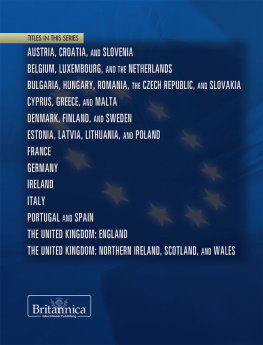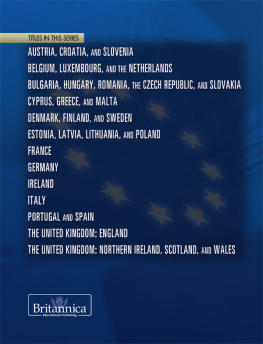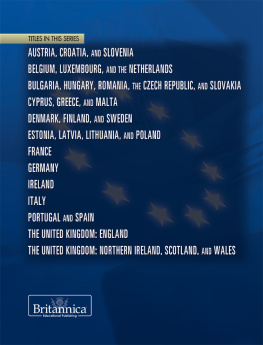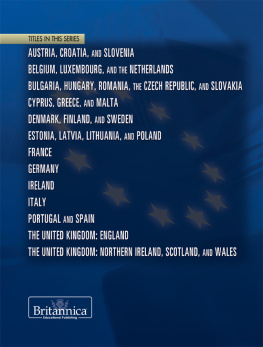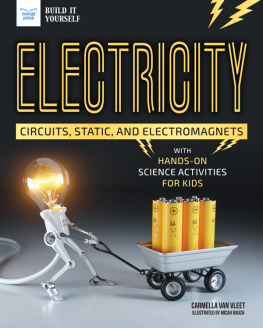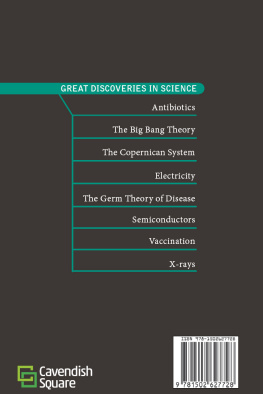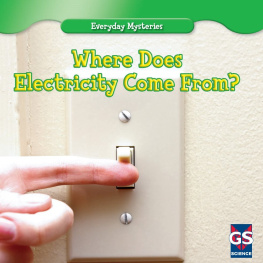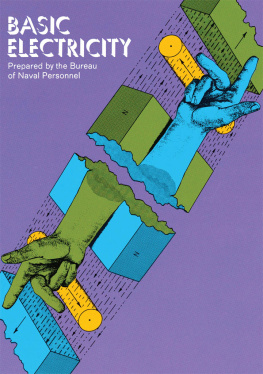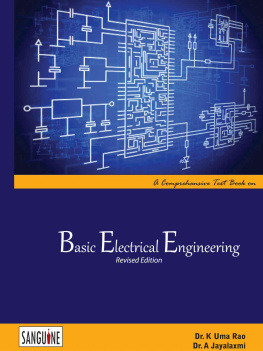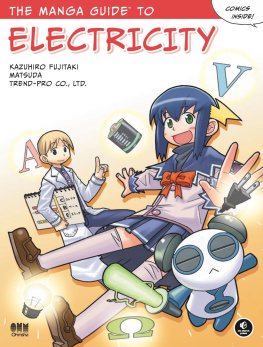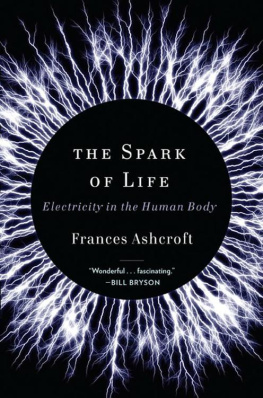ELECTRICITY
INTRODUCTION TO PHYSICS
ELECTRICITY
EDITED BY MICHAEL ANDERSON

Published in 2012 by Britannica Educational Publishing
(a trademark of Encyclopdia Britannica, Inc.)
in association with Rosen Educational Services, LLC
29 East 21st Street, New York, NY 10010.
Copyright 2012 Encyclopdia Britannica, Inc. Britannica, Encyclopdia Britannica, and the
Thistle logo are registered trademarks of Encyclopdia Britannica, Inc. All rights reserved.
Rosen Educational Services materials copyright 2012 Rosen Educational Services, LLC.
All rights reserved.
Distributed exclusively by Rosen Educational Services.
For a listing of additional Britannica Educational Publishing titles, call toll free (800) 237-9932.
First Edition
Britannica Educational Publishing
Michael I. Levy: Executive Editor, Encyclopdia Britannica
J.E. Luebering: Director, Core Reference Group, Encyclopdia Britannica
Adam Augustyn: Assistant Manager, Encyclopdia Britannica
Anthony L. Green: Editor, Comptons by Britannica
Michael Anderson: Senior Editor, Comptons by Britannica
Andrea R. Field: Senior Editor, Comptons by Britannica
Sherman Hollar: Associate Editor, Comptons by Britannica
Marilyn L. Barton: Senior Coordinator, Production Control
Steven Bosco: Director, Editorial Technologies
Lisa S. Braucher: Senior Producer and Data Editor
Yvette Charboneau: Senior Copy Editor
Kathy Nakamura: Manager, Media Acquisition
Rosen Educational Services
Hope Lourie Killcoyne: Senior Editor and Project Manager
Nelson S: Art Director
Cindy Reiman: Photography Manager
Karen Huang: Photo Researcher
Matthew Cauli: Designer, Cover Design
Introduction by Hope Lourie Killcoyne
Library of Congress Cataloging-in-Publication Data
Electricity / edited by Michael Anderson.1st ed.
p. cm.(Introduction to physics)
In association with Britannica Educational Publishing, Rosen Educational Services.
Includes bibliographical references and index.
ISBN 978-1-61530-729-6 (eBook)
1. ElectricityJuvenile literature. I. Anderson, Michael, 1972
QC527.2.E44 2012
537dc23
2011017090
On the cover, page : An electric current flows through the wires and filament of this tungsten light bulb and allows it to burn bright. Shutterstock.com
Cover (equation), interior background images Shutterstock.com
CONTENTS





INTRODUCTION

E lectricity is a form of energy whose discovery led to a fundamental change in human life and civilization as we know it. Without it, we would have no computers or cable boxes, no microwaves or motorcycles, no refrigerators or radios, no telephones or toasters. There would be no lights, no cameras, and no action.
Thats right: no action. Because while we may think of electricity as happening outside our bodiesfrom the lightning that crackles across the sky to the lights we turn on with the flip of a switchour bodies themselves (including that very index finger doing the switch flicking) host a plethora of electric signals all the time. (Shocking but true.)
The essential thing to know about electricityand the reason it occurs both naturally and as a result of our having learned to harness or generate itis that the big players involved are actually microscopically tiny particlesatoms, which are, of course, everywhere. But it goes even deeper, because the real stars of the electricity show are even smaller than the atom. What ultimately results in the energy we call electricity comes down to movement of the smallest order within the atom. That is, movement of each atoms principal tenants: a proton (which has a positive electrical charge) and an electron (which has a negative charge). Positive and negative charges, which are attracted to each other, try to move close together. Conversely, two like charges (whether both positive or both negative) push each other away. All that pushing and pulling results in electricity.
How can we come to understand this omnipresent power? Again, here are two fundamental things to remember about electricity:
1. It occurs naturally, as in that bolt of lightning or the beat of your heart. (It is, in fact, the hearts ability to conduct electricity that keeps the blood pumping.)
2. Electricity can also be generated, as at power plants. From there, it is sent through wires to your home where it powers the television, the lights, and anything else that plugs in. It can also be stored, as in the batteries inside a laptop computer, a Nintendo DS, or a cell phone.

One of electricitys brightest ideas, the lightbulb, has long represented the initial spark of human thought and creativity. www.istockphoto.com Bart Coenders
This book offers a concise view of electricityits history and how it works. Readers will discover just what causes the sometimes hair-raising power of static electricity, as well as how electric fields work. These pages also explore and explain what happens when electricity flows, the relationship between electricity and magnetism, how motors and generators fit into the electromagnetic landscape, and how centuries of discoveries (both accidental and intentional) have changed our understanding of and ability to control electricity. It is worth noting, and is probably no accident, that the visual metaphor for that most central of all human creationsthe ideais expressed by a lightbulb.
Although electricity is a form of power that has transformed everyday life, it nonetheless often takes a power outage for us to consider just how important electricity is to everything that we do. This book shows just what is behind the awesome power of those impossibly tiny particlesthe electron and the protonand how their movement is essential to life itself.
CHAPTER 1
THE FUNDAMENTALS OF ELECTRICITY

E lectricity is a form of energy associated with the atomic particles called electrons and protons. In particular, electricity involves the movement or accumulation of negatively charged electrons in relation to positively charged protons. The worlds modern economies, with their industrial, transportation, and communication systems, were made possible by electricity. Old energy forms, such as water and steam, imposed limitations on productionlimitations on where goods could be produced and on how much could be produced. Electricity has few such limits: it can go anywhere, even far into space.
Next page

